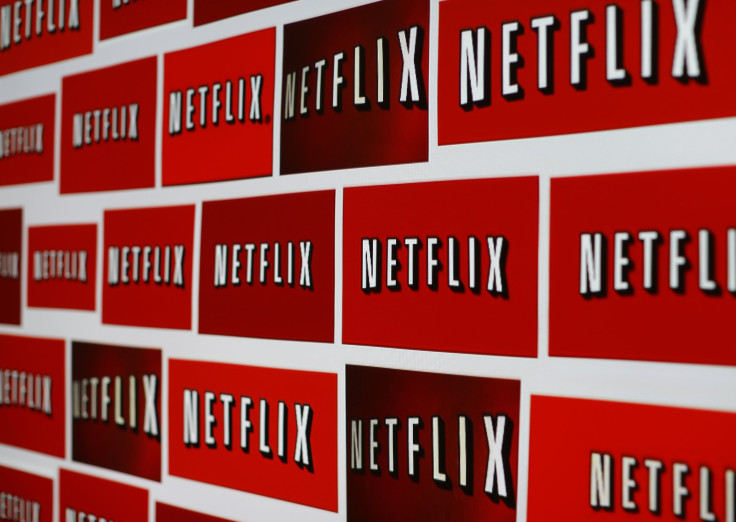Home Entertainment 2014: US DVD Sales And Rentals Crater, Digital Subscriptions Soar

For the first time, Americans spent more on digital video providers than physical discs in 2014 to get their filmed content. According to research published by the Digital Entertainment Group (DEG), full-year revenue from the sale of DVDs and Blu-ray Discs declined nearly 11 percent in 2014, to $6.93 billion, while digital spending, which includes subscription streams as well as video-on-demand services, shot up more than 16 percent, to $7.53 billion.
Spending on subscription services such as Netflix and Amazon Prime played a big part, rising more than 25 percent from the previous year’s total, to $4.02 billion. The total might have been even higher had revenue from bundles offered by cable providers been factored into the equation.
Electronic sell-through, which involves the sale of movies through platforms such as the iTunes Store and Google Play, leapt more than 30 percent, to more than $1.5 billion. “Consumers embraced the convenience and accessibility of purchasing and collecting digital content, while studios reaped higher margins from these digital sales,” the DEG said in a statement.
"It's a bit of a shift in the market," said Bruce Nash, the founder of Nash Information Services, a consultancy and data services firm for the film industry. “People are now more comfortable watching movies on their computers, through their Roku or whatever, and I think now that they're more comfortable with that, they're more comfortable purchasing a permanent digital copy."
On the other side, physical revenue sources continued to dry up. Video rentals from brick-and-motor stores continued their persistent decline, slipping more than 27 percent on the year, to $696 million. Physical subscriptions services such as Redbox fell, too, declining more than 18 percent, to $867 million, and dropping beneath a billion dollars in revenue since the category first ascended to that level around 2010.
“I think we'll probably just see a continued steady decline in those numbers,” Nash said. “Basically, if you look at the physical market in total (DVDs, Blu-ray, sell-through, kiosk, etc.), that's basically been falling at about 10 percent a year for about five years now. I don't see any way that's not going to continue.”
The transition came during a year when U.S. spending on both home entertainment and at the box office fell slightly. Home entertainment slipped 1.8 percent, to $17.81 billion; box office slipped 1.4 percent, to $10.44 billion.
Yet the minor slip belied the fact that overall spending on home entertainment has hovered at or near the same total for the past several years. "Basically, people are spending the same amount of money,” Nash said. “It's always $18 billion, plus or minus 2 percent.
“I don't think TV viewing habits are changing enormously,” he continued. “I think it's a testament to the industry reacting quite well to the fact that people now have an appetite for digital content.”
© Copyright IBTimes 2024. All rights reserved.





















